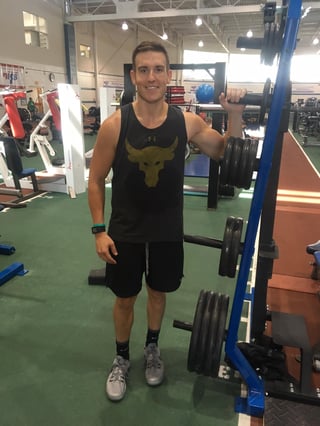
 As the new year is here, we start forming new goals for the next. I would like to share a story of a member who has worked incredibly hard through 2015 and 2016, has crushed all of the weight loss and fitness goals that he set and then some, and who has transformed himself completely in front of everyone who has seen him.
As the new year is here, we start forming new goals for the next. I would like to share a story of a member who has worked incredibly hard through 2015 and 2016, has crushed all of the weight loss and fitness goals that he set and then some, and who has transformed himself completely in front of everyone who has seen him.
Cody Hunter joined NIFS two years ago in 2014, with overall goals of losing some weight, being healthier, looking more fit, and feeling better about himself. When Cody started working out at NIFS, he weighed close to 290 pounds. His current weight is in the 190s, and his most recent BOD POD has shown him down to 7% body fat*! Cody has proven to all of us how goal-setting and turning fitness into a lifestyle, rather than a chore, can be not only attainable, but also rewarding! Read below for Cody’s thoughts on his own journey, as well as tips if you are just starting out or need some motivation for your own.
*individual results vary, and are not guaranteed.
How did you get started on your fitness journey?
When I was in high school and during my youth I was always on the bigger side. I played offensive and defensive line in football and that meant that I was a bigger player as well. Throughout the first part of my college career I ballooned to my biggest point. I just got to a point where enough was enough and decided to start my journey. I knew that I could be a better person if I was happier with myself in my own body.
What was your exercise regimen when you first started out?
When I started I was working out 5–7 days a week, working on my cardio and lifting. I would play a lot of basketball and then lift afterwards.
Did you make any nutritional changes? If so, what was your game plan?
When I first started working out I was stricter with my diet than in the past, but not as much as I should have been. I decided that I would drop all sweets, soda, and junk food. After making these changes and really focusing on fueling my body with the correct food and nutrients, my weight started to fall off.
How did you maintain these habits? Did you have any struggles along the way?
After going as long as I did without sweets, it was fairly easy for me to keep on a fairly regimented diet. I saw the results and knew that if I kept doing what I had been doing, I would only get better. I definitely had struggles. Everyone has the cravings for sweets, but I just knew that if I stayed strong and made the right choices, good things would happen.
Did you have any help with accountability (family, friends, etc.)?
My family, friends, and coworkers were all very helpful with keeping me in line with my regimen. At family get-togethers my mom would always make sure that the sweet was something that I didn’t really care for, so there was no temptation for me to have any. My friends and coworkers would do their best not to eat anything bad around me, to not make me feel left out or tempted to break my diet.
Have you conquered any specific goals since you started your fitness journey?
My first goal was to run a 5K. I accomplished that, and then I was talked into signing up for the Mini-Marathon. I trained a lot for that and was able to complete that as well. Over time I have done three half marathons in total and I have dropped about a half an hour on my time since my first one.
What are your current goals to help stay motivated?
I have been doing CrossFit training for about 4 months now and it has been really great. I wanted to have something that would present me with constant new goals and challenges; something that would really get me into the best shape of my life.
What advice do you have for anyone out there who might feel like they are ready to make that change?
My advice would be to just do it! I had many days where I felt that I just couldn’t keep going or that I wasn’t really seeing any real results. I just kept going and kept moving forward, trusting that hard work and sacrifice would pay off. My life has never been better and I have never felt healthier than I do now.
***
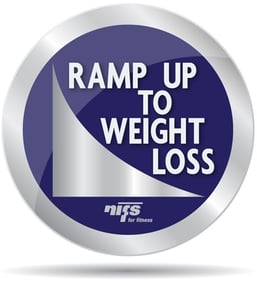
If you are looking to just do it and begin making that change in your life, make an appointment with a NIFS trainer for a free fitness assessment to help guide you in making your goals. Or, check out NIFS Ramp Up to Weight Loss Program to help you get started!
This blog was written by Rebecca Heck, NIFS Health Fitness Instructor. To find out more about the NIFS bloggers, click here.
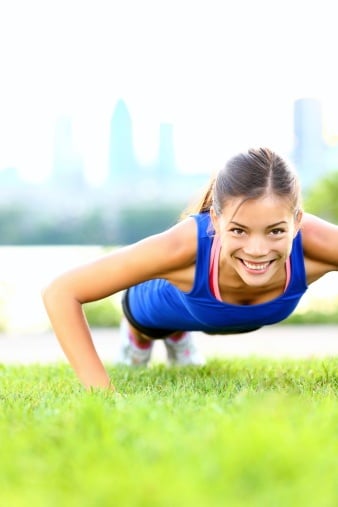 Busy college schedule? No time to fit in your workout between exams, papers, and class? Don’t let school be the excuse to skip or miss your workout. According to The Lancet, people who exercise as little as 15 minutes a day have a 14% lower mortality risk than people who don’t exercise at all. Just remember, something is always better than nothing!
Busy college schedule? No time to fit in your workout between exams, papers, and class? Don’t let school be the excuse to skip or miss your workout. According to The Lancet, people who exercise as little as 15 minutes a day have a 14% lower mortality risk than people who don’t exercise at all. Just remember, something is always better than nothing!

 Welcome back to school! Or, if you are new to the college experience, welcome to your first adventure in time management and balancing your life. This not only includes your academics and social life, but other areas that go under the radar as less important. I’m talking about fitness and wellness. College and university fitness centers are usually well populated with individuals with a wide variety of goals ranging from stress reduction to spring break abs, to meeting people.
Welcome back to school! Or, if you are new to the college experience, welcome to your first adventure in time management and balancing your life. This not only includes your academics and social life, but other areas that go under the radar as less important. I’m talking about fitness and wellness. College and university fitness centers are usually well populated with individuals with a wide variety of goals ranging from stress reduction to spring break abs, to meeting people.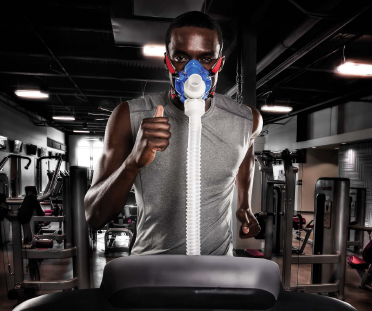 VO2 Max testing is a test to quantify the efficiency of your heart and lungs during exercise. Why is this important? An athlete who wants not only to improve times, but also to see if their training is effective, can find training zones (based on their testing) and progress based on specific training over time.
VO2 Max testing is a test to quantify the efficiency of your heart and lungs during exercise. Why is this important? An athlete who wants not only to improve times, but also to see if their training is effective, can find training zones (based on their testing) and progress based on specific training over time.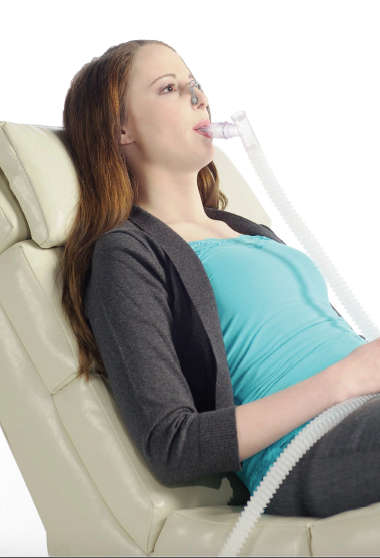 For individuals who want to know how many calories they burn in a day (their metabolism), the RMR test is your main tool to finally take off the blindfold and know exactly how to budget your calories to match your goals, whether it is weight loss or weight gain.
For individuals who want to know how many calories they burn in a day (their metabolism), the RMR test is your main tool to finally take off the blindfold and know exactly how to budget your calories to match your goals, whether it is weight loss or weight gain. Have you ever considered that punching and kicking is a form of exercise and fitness? Look no farther than the physique of boxers and fighters. And from time to time, we all need to do a little punching and kicking. In fact, not only is it a form of exercise, but you can burn a ton of calories doing it! If you like this type of stuff and are into different forms of mixed martial arts, you should really consider giving
Have you ever considered that punching and kicking is a form of exercise and fitness? Look no farther than the physique of boxers and fighters. And from time to time, we all need to do a little punching and kicking. In fact, not only is it a form of exercise, but you can burn a ton of calories doing it! If you like this type of stuff and are into different forms of mixed martial arts, you should really consider giving 
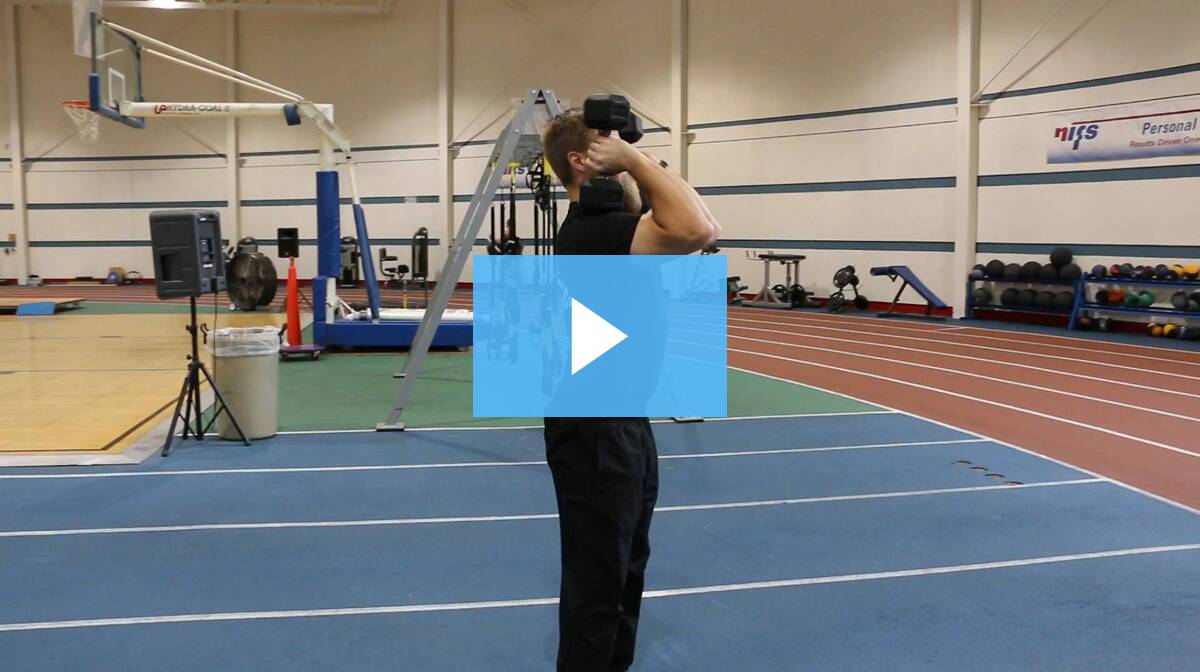
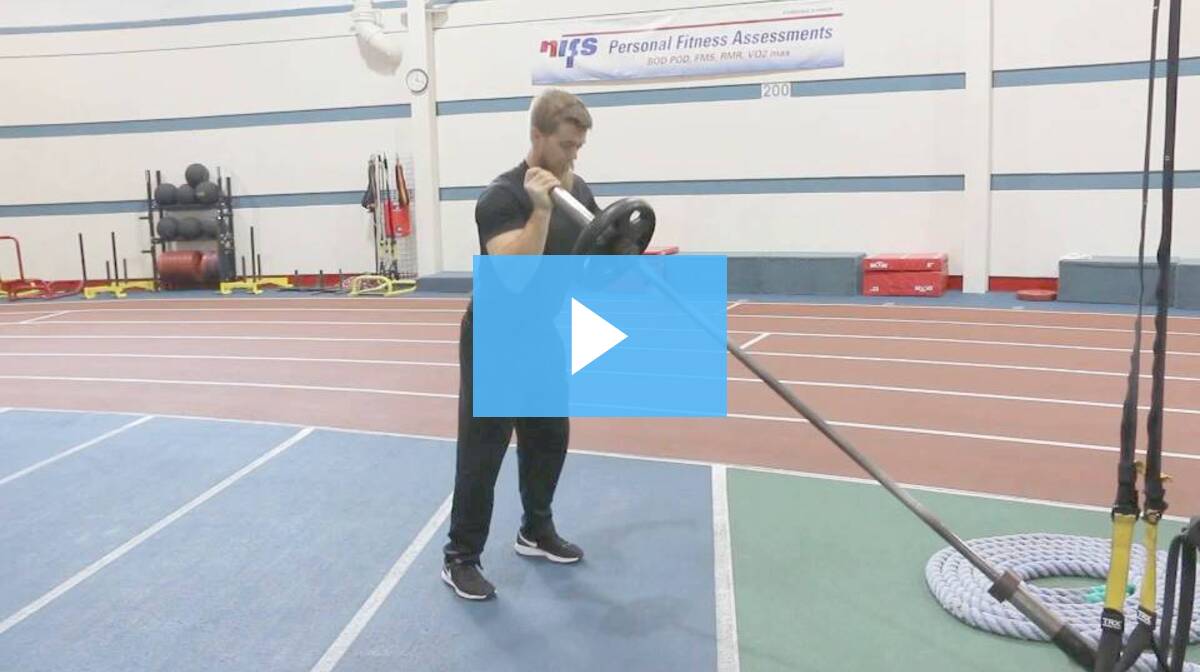
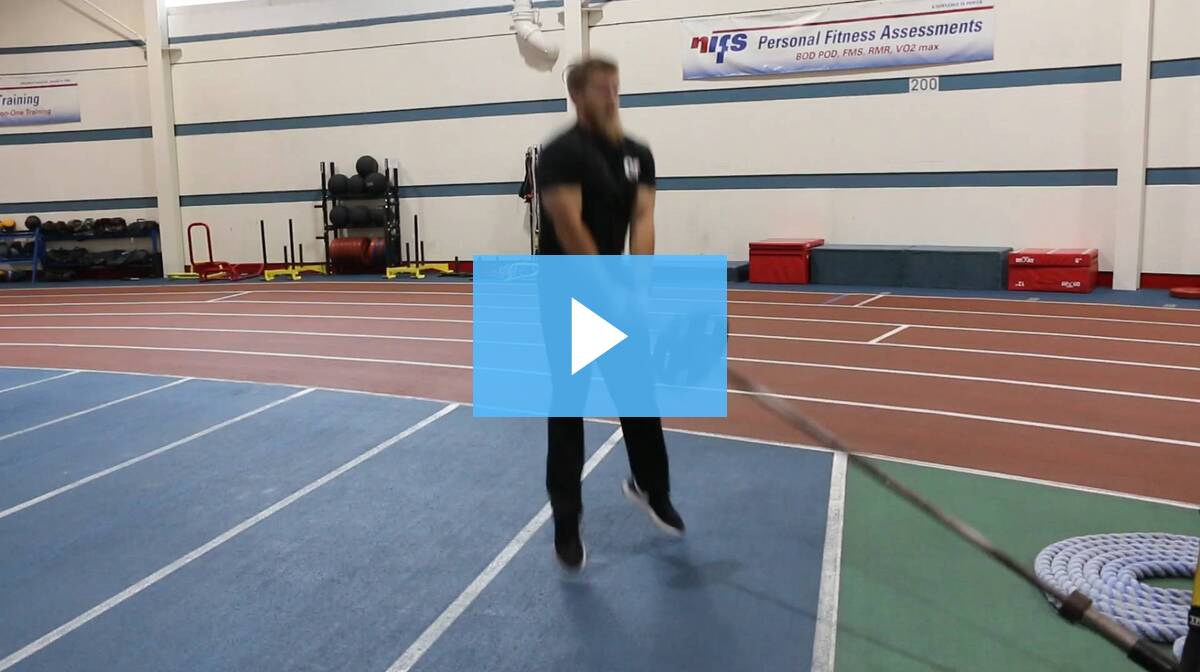
 After spending some time a few weeks back with my pregnant sister-in-law, it dawned on me the essentials of knowing what to do in terms of nutrition and exercise during each trimester of pregnancy. We spent some time working out together and talking about what is safe, what to avoid, and the changes that the body goes through. And while most of the blogs that we write tend to revolve around our comfort level and expertise, I thought I’d get out on a limb a little bit and write about some key things regarding exercise and nutrition while pregnant.
After spending some time a few weeks back with my pregnant sister-in-law, it dawned on me the essentials of knowing what to do in terms of nutrition and exercise during each trimester of pregnancy. We spent some time working out together and talking about what is safe, what to avoid, and the changes that the body goes through. And while most of the blogs that we write tend to revolve around our comfort level and expertise, I thought I’d get out on a limb a little bit and write about some key things regarding exercise and nutrition while pregnant.
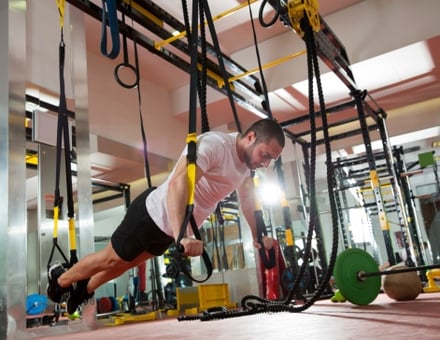 One of the major misconceptions I am happy to battle as a fitness professional is the wildly popular idea that if a little is good, more must be better. One of my favorite quotes from movement guru
One of the major misconceptions I am happy to battle as a fitness professional is the wildly popular idea that if a little is good, more must be better. One of my favorite quotes from movement guru 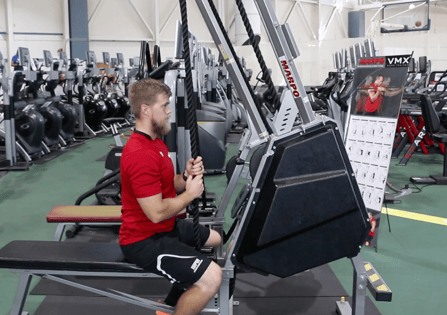 We’ve all done it. New lifters, old lifters—everyone has experienced that week where your normal training program just doesn’t have the same motivation for you that it did in the past. Monday is chest-tri day, Tuesday is squat, Wednesday is back-bi, so on and so forth. No one is immune to this feeling, especially if you are as religious about following your program as many of the
We’ve all done it. New lifters, old lifters—everyone has experienced that week where your normal training program just doesn’t have the same motivation for you that it did in the past. Monday is chest-tri day, Tuesday is squat, Wednesday is back-bi, so on and so forth. No one is immune to this feeling, especially if you are as religious about following your program as many of the 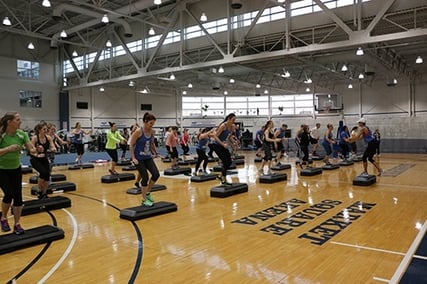


 As the new year is here, we start forming new goals for the next. I would like to share a story of a member who has worked incredibly hard through 2015 and 2016, has crushed all of the weight loss and fitness goals that he set and then some, and who has transformed himself completely in front of everyone who has seen him.
As the new year is here, we start forming new goals for the next. I would like to share a story of a member who has worked incredibly hard through 2015 and 2016, has crushed all of the weight loss and fitness goals that he set and then some, and who has transformed himself completely in front of everyone who has seen him.